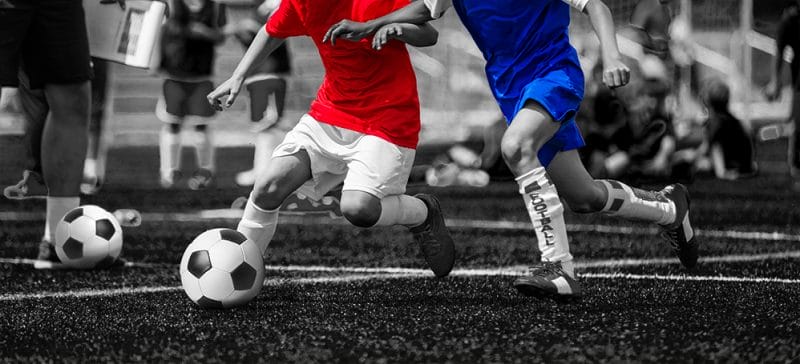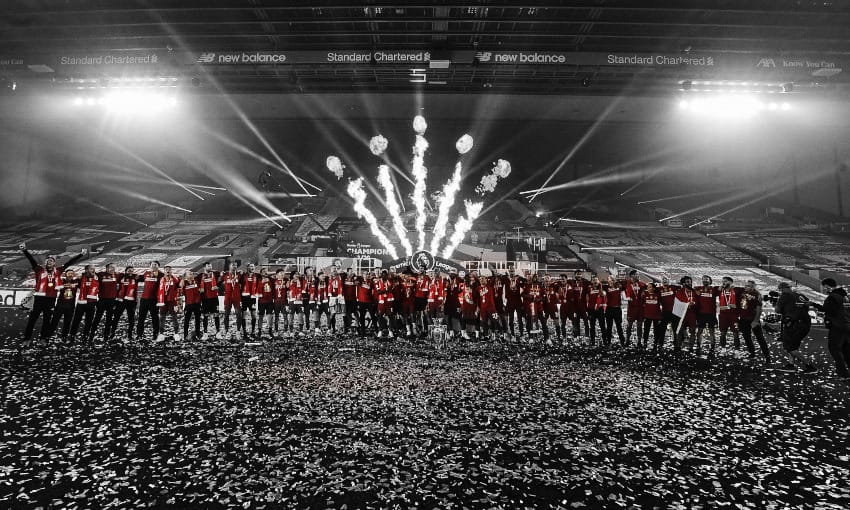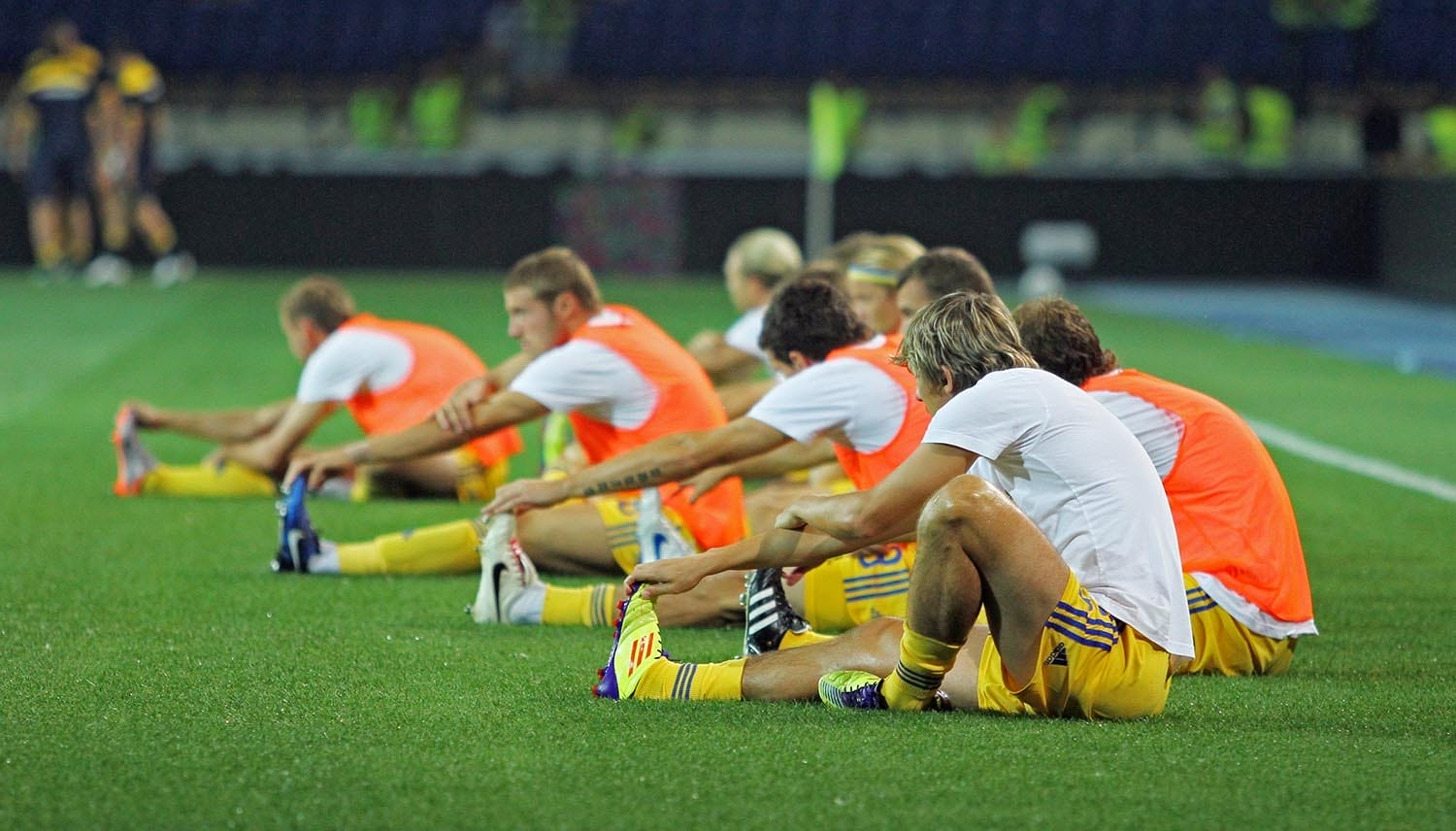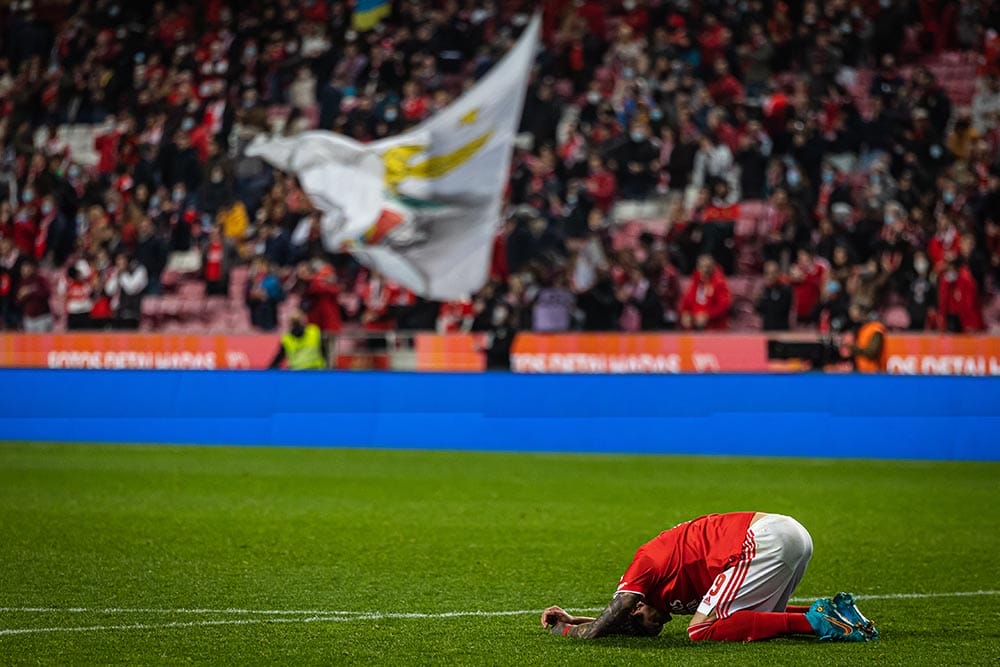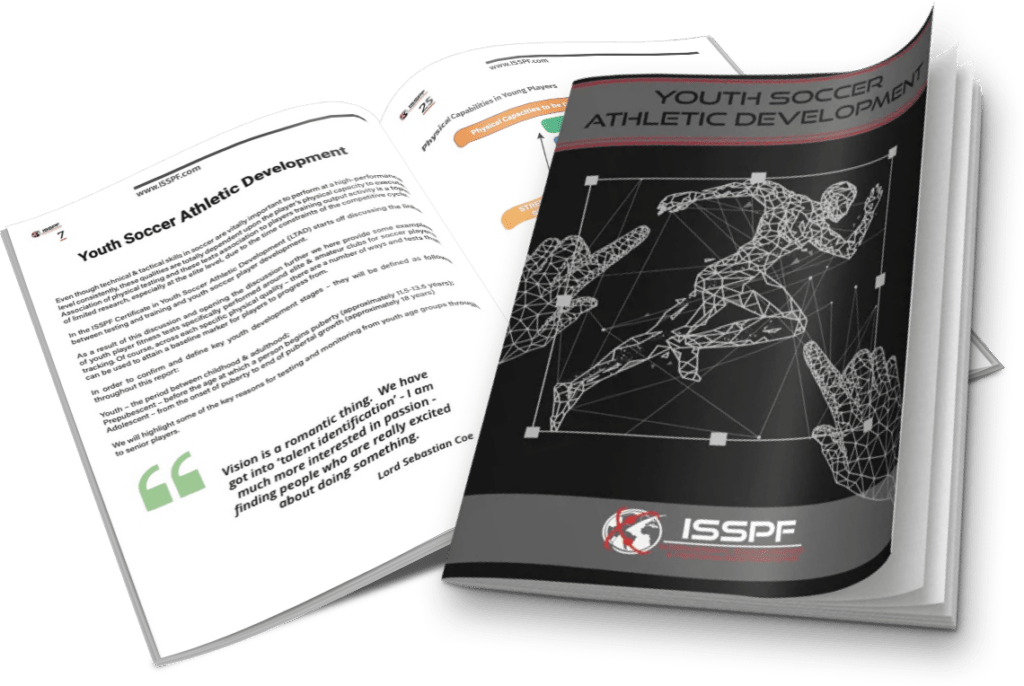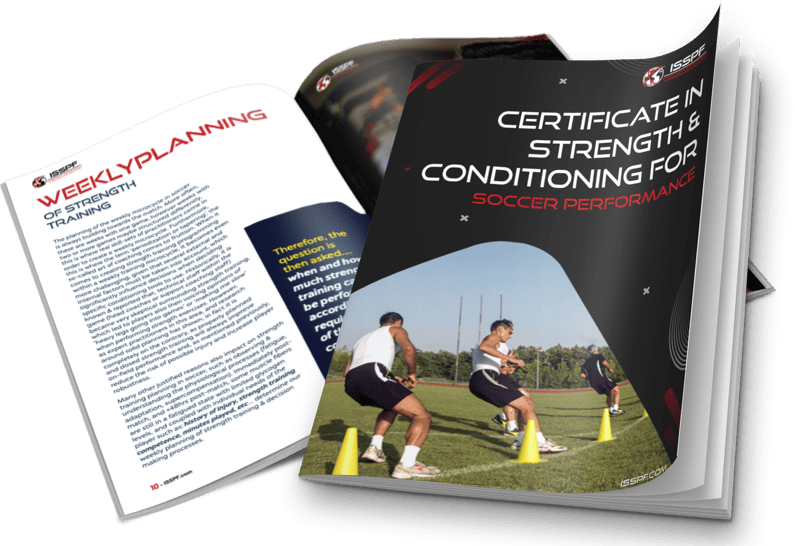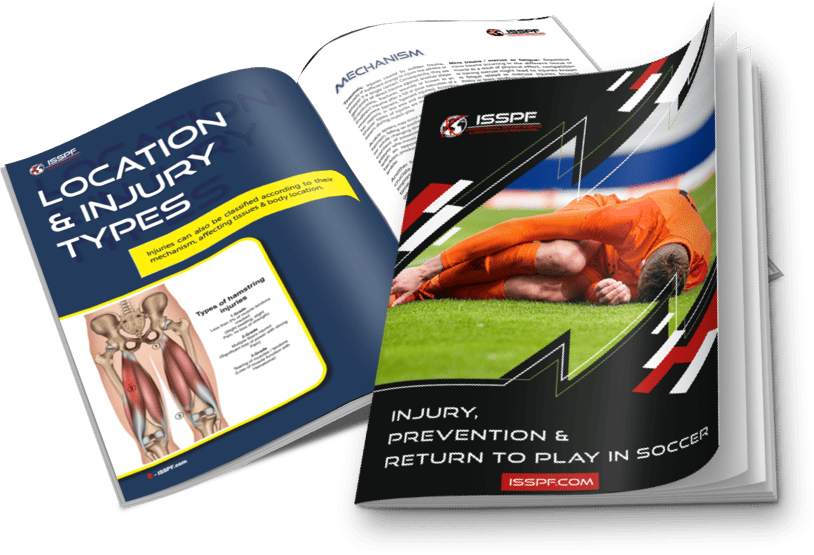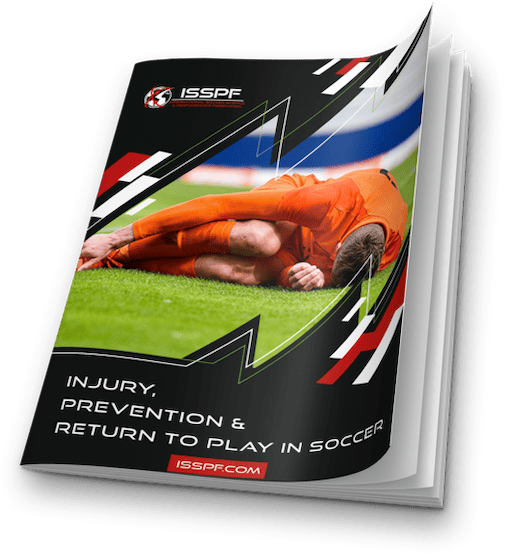Soccer is a sport that is characterized by the high presence of intermittent efforts during the 90minutes that the match lasts.
This has been the conclusion drawn from various research studies that try to clarify the physical and physiological requirements of this sport. In the aerobic context of the 90-minute match, strength is also an essential capacity for the soccer player to execute the constant muscular adjustments for the different actions.
The purpose of this study was to assess the effect of the training executed by 2 under-19 teams from the first Spanish division on aerobic power, strength, and acceleration capacity. Two under-19 soccer teams that competed in the same league were evaluated on 2 occasions.
The first evaluation (E₁) was done at the beginning of the competitive period, and the second evaluation (E₂) was done 16 weeks later, coinciding with the end of the first half of the regular season.
The following were evaluated: lower-body strength through jump height with countermovement with and without load (CMJ/CMJ₂₀), speed of the Smith machine bar movement in a progressive load test of full squats (FSL), acceleration capacity in 10, 20, and 30 m (T₁₀, T₂₀, T₃₀, T₁₀₋₂₀, T₁₀₋₃₀, T₂₀₋₃₀), and maximal aerobic speed (MAS).
What the Results Showed
Team A executed complementary strength training, and training loads were determined with regard to the speed with which each player moved the bar in FSL.
Between the evaluations, the training sessions of each team were recorded to assess their influence on the changes in E2.
Team A significantly improved its MAS (p < 0.01) and its application of strength in the CMJ₂₀ (p < 0.05) and FS₂₀₋₃₀₋₄₀ (p < 0.01), while significantly worsening their acceleration capacity in all the splits (p < 0.01).
Team B slightly worsened its MAS and significantly improved its application of strength in the CMJ₂₀ (p < 0.01) and FS₅₀₋₆₀ (p < 0.05). Its acceleration capacity improved insignificantly except for in the 20- to 30-m interval/T₂₀₋₃₀ (p < 0.05).
Practical Application
- It should be noted that the use of different loads as a function of the speed of movement, without the need to determine maximum repetitions is a methodology that is adequate for the improvement of the application of strength in under-19 soccer players.
Share this article:
